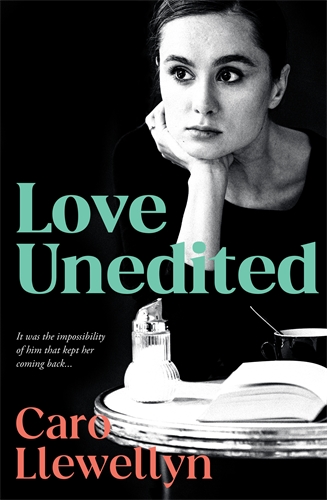Stroke of Genius: Victor Trumper and the shot that changed cricket
Hamish Hamilton $39.99 hb, 332 pp, 9781926428734
Stroke of Genius: Victor Trumper and the shot that changed cricket by Gideon Haigh
Fifty years ago, Brian Scheer, a tall, sinewy Imperials fast bowler, thrilled a handful of boys by driving bowlers of all descriptions straight over their heads, depositing their deliveries in clumps of thick weeds on a low hill at the northern end of the Murray Bridge High School No. 2 Oval. Imps practised on Thursday evenings, and Scheer was the regular opening bowler in B grade, with just the occasional appearance in the first eleven. He was a useful batsman and made the odd twenty or thirty in matches, but the glory of his strokes, which resembled majestic seven irons by their steepling trajectory, was reserved for practice. I remember he would point his left toe high down the wicket, raise his arms shoulder high, his bat would point vertically skyward and his swing would carry through freely like a golf stroke to its completion. If the Murray Valley Standard had ever sent a photographer to Imps practice sessions or a keen amateur snapper had been on hand, one or the other might have captured something special, a small-town version of Victor Trumper’s ‘Jumping Out to Drive’.
At the end of his new book, Stroke of Genius, Gideon Haigh writes ‘that no great batsman has ever had a more faithful partner than Victor Trumper his photographer [George Beldam]’, because the man is epitomised by the image Beldam took at London’s Kennington Oval in 1905. Words failed to convey an adequate impression of his play. The photo is important in defining distinctions in cricket and particularly batting: art versus science; function versus form; how versus how many; a Golden Age of romance and aesthetics versus industry, productivity, and measurement. Interestingly, Haigh also suggests that in the present visual century Beldam’s picture ‘has secured for Trumper a sizeable corner, while of Bradman there exists no single, quintessential image’. Has art triumphed?
Continue reading for only $10 per month. Subscribe and gain full access to Australian Book Review. Already a subscriber? Sign in. If you need assistance, feel free to contact us.














Leave a comment
If you are an ABR subscriber, you will need to sign in to post a comment.
If you have forgotten your sign in details, or if you receive an error message when trying to submit your comment, please email your comment (and the name of the article to which it relates) to ABR Comments. We will review your comment and, subject to approval, we will post it under your name.
Please note that all comments must be approved by ABR and comply with our Terms & Conditions.